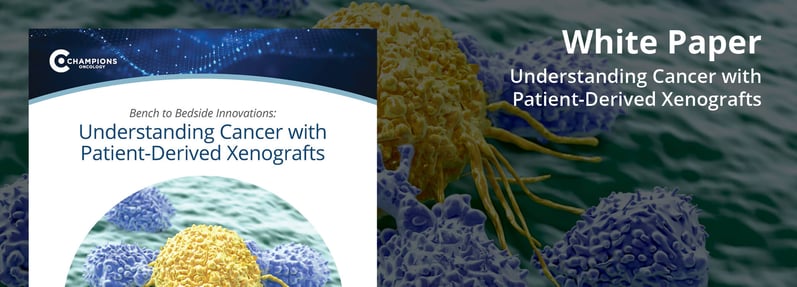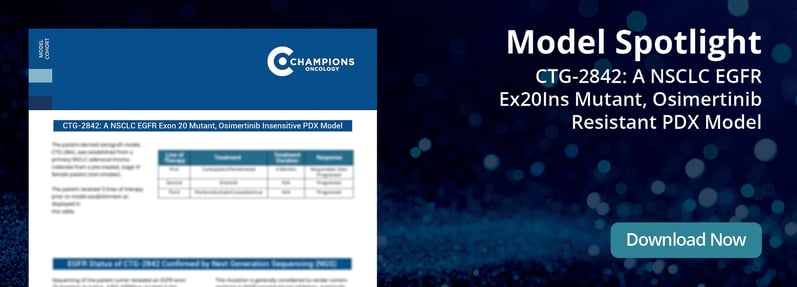Solid Tumor PDX Models
The most diverse, annotated, and clinically relevant living bank for solid tumor oncology research
- Preclinical Oncology CRO Services | Clinical Trial Specialty Testing
- Solid Tumor PDX Models
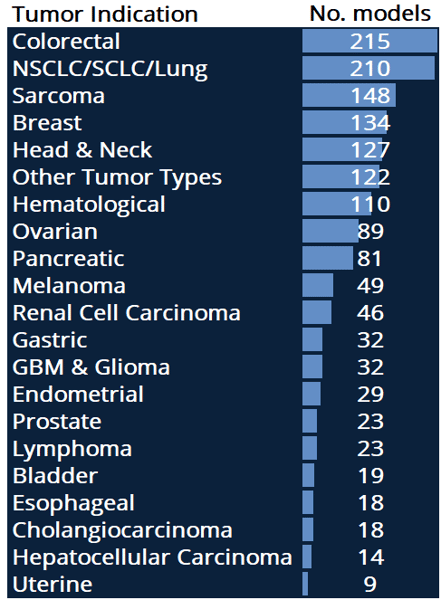
An Essential Platform for Your Oncology Research
Champions' patient-derived tumorgrafts are the largest collection of diverse, clinically relevant PDX models with demonstrated correlation to clinical outcomes.
Champions TumorGraft® bank is a powerful solution for deriving insights across the entire drug development cycle, from target discovery to clinical research.
-
Over 1,400 PDX models mirroring the molecular and pathological heterogeneity across all tumor indications
-
Established from biopsies of patients with advanced-stage disease, heavily pretreated with latest-generation therapies
-
Extensive clinical annotations and deep multi-omic molecular characterization
PDX Models Mirror the Heterogeneity of Patient Populations & Demonstrate Correlation to Clinical Patient Outcomes
Champions' solid tumor PDX models are maintained at low passages and deeply characterized at the molecular level. This guarantees that Champions' PDX models closely recapitulate the parent tumor characteristics and can reproduce patient response to therapy in mouse models.
Champions' PDX models allow you to conduct pharmacology studies with high translational power that will accelerate your research from preclinical to clinical trials.
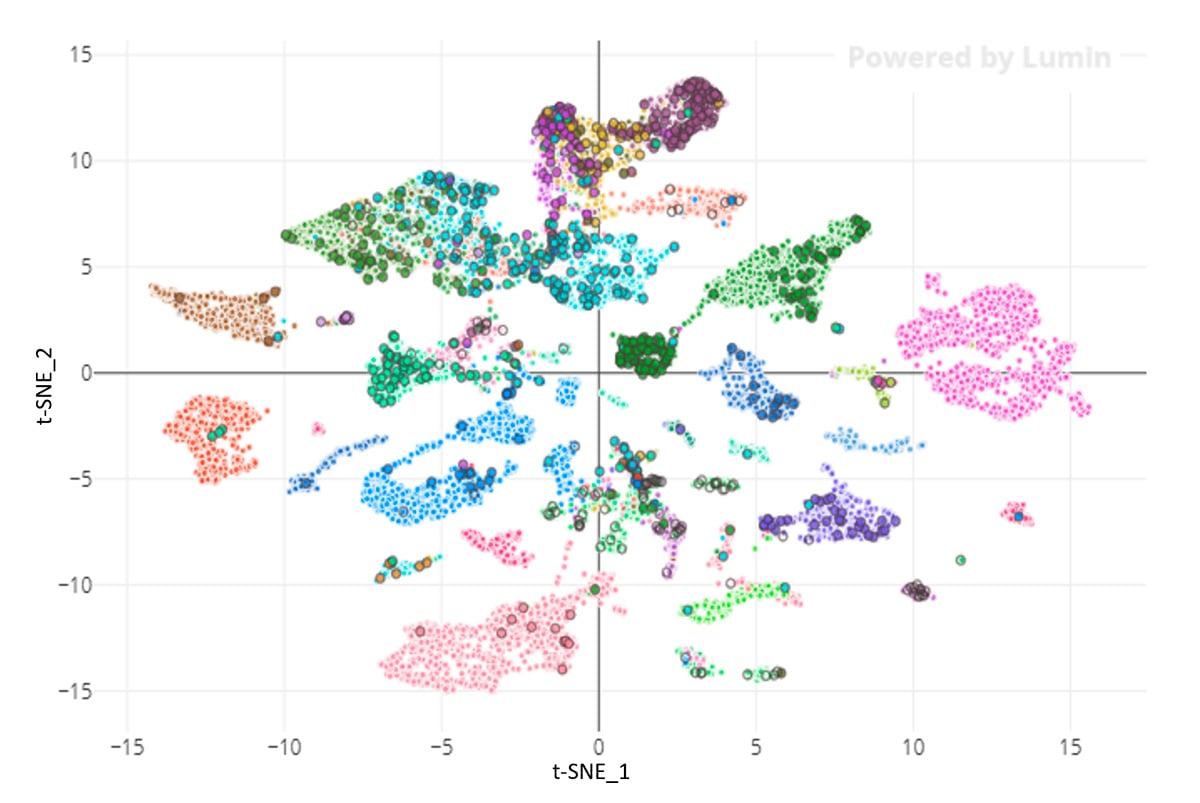
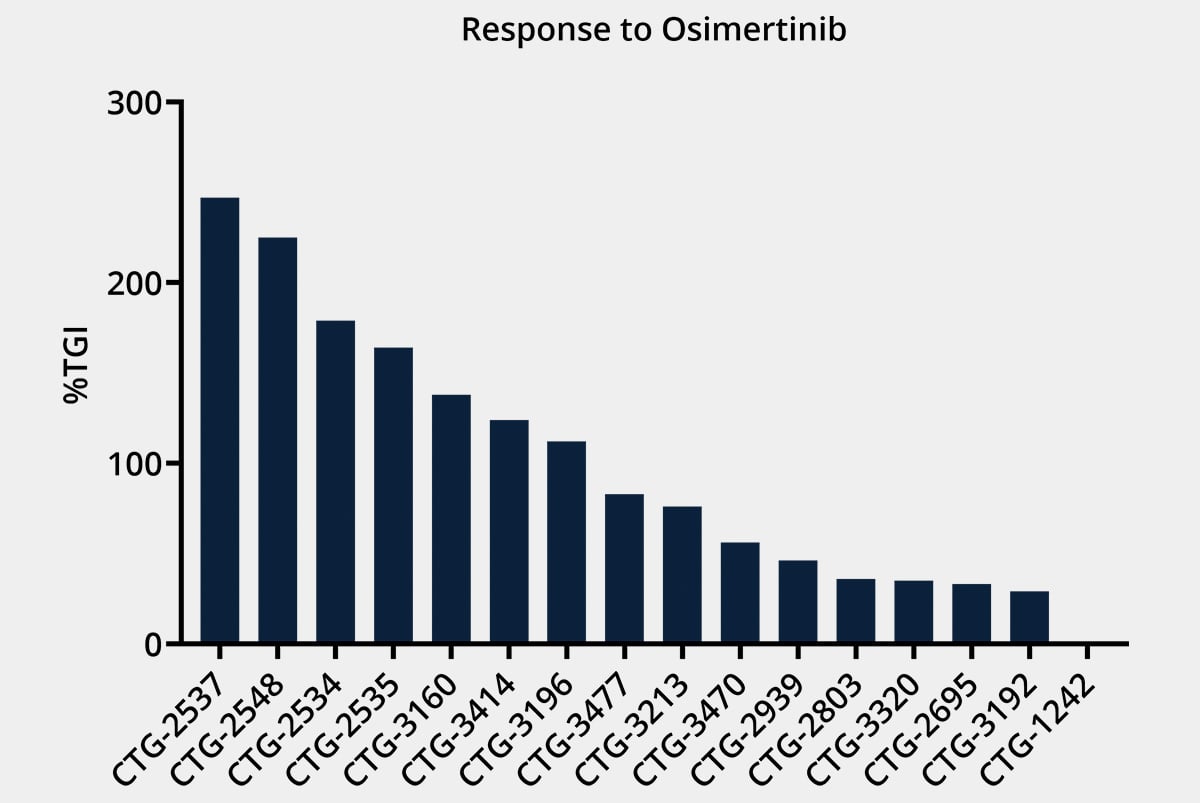
Extensively Annotated & Deeply Characterized Patient-derived Xenograft Models
Champions' solid tumor PDX models reflect disease characteristics that closely mirror clinical trial population characteristics.
The extensive clinical annotation of our PDX models, coupled with deep multi-omic molecular characterization and in vivo responses, enable accurate selection of models to enroll into preclinical studies, along with biomarker identification. NGS, proteomics, and phospho-proteomics data are available within Lumin to correlate in vivo and ex vivo responses with molecular and phenotypical features, identify novel biomarkers, and define your strategy for patient stratification.
|
PDX Models
|
Traditional Xenograft Models
|
|
|---|---|---|
| Tumor Source |
Directly from patient tumor, never cultured
|
Derived from immortalized tumor cell lines
|
| Tumor Heterogeneity |
Maintains original tumor heterogeneity
|
Less representative of human tumor diversity, due to clonal selection
|
| Predictive Value |
Higher predictive value for drug response
|
Lower clinical relevance
|
| Therapeutic Testing |
Inter- and intra-tumor heterogeneity enable decision making and deriving translational hypothesis
|
Limited by high homogeneity, does not allow derivation of translational insights
|
Solid Tumor PDX Model Endpoints
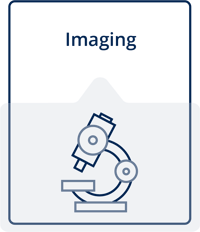
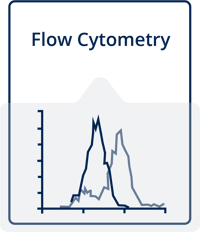
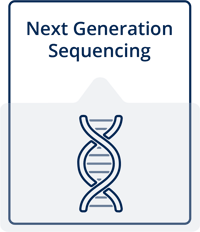
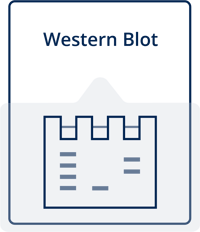
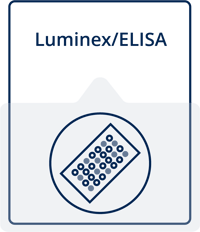
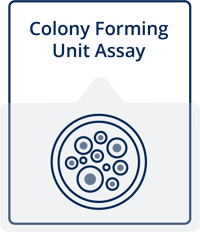
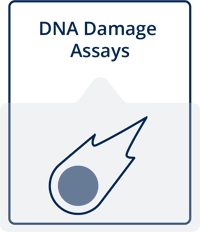
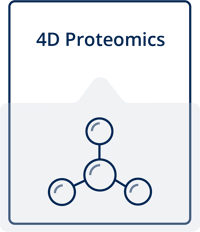
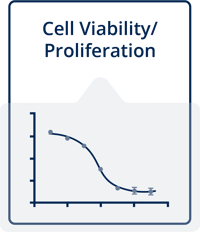
PDX models have played a pivotal role in advancing oncology research and developing new therapeutics that target the immune system. Here we describe the history of PDX models, how PDX models are evolving, and the benefits and challenges associated with PDX systems.
Ready to start working with Champions Oncology?
Unlock the potential of PDX tumor models for more accurate, clinically relevant oncology research. Champions Oncology offers a robust platform of patient-derived xenograft solutions, designed to provide actionable insights into therapeutic efficacy and drug resistance. Contact us today to discuss how our tumor xenograft models can support your research.
What is a PDX?
PDX stands for Patient-Derived Xenograft. It is a type of cancer model where a patient's tumor tissue is implanted into immunodeficient mice. These models are used to study cancer in a more clinically relevant environment because they maintain the molecular, histological, and phenotypical characteristics of the original human tumor. PDX models are crucial for preclinical cancer research, including drug development and personalized medicine approaches.
Differences Between CDX and PDX Models
CDX (Cell-Derived Xenograft) Models:
- CDX models involve the implantation of immortalized cancer cell lines (cultured in vitro) into immunodeficient mice.
- They are more homogeneous because they come from a single cell line, which can make them easier to work with, but less representative of the complexity of human tumors.
- CDX models often grow faster and are easier to manipulate experimentally.
PDX (Patient-Derived Xenograft) Models:
- PDX models involve the direct implantation of tumor tissue from a patient into mice.
- They mimic the heterogeneity and complexity of human tumors, including the tumor microenvironment, making them more relevant for studying tumor biology and drug response.
- PDX models grow slower than CDX models.
Best Way to Select PDX Models for Your Study
Selecting the right PDX model depends on several factors:
- Tumor Type and Origin: Choose a PDX model that accurately represents the cancer type and stage you're studying.
- Genetic Profile: Ensure the PDX model's genetic and molecular profile matches your study's focus, especially if you are investigating specific mutations or pathways.
- Clinical Annotation: Knowing the clinical and treatment history of the patient informs model selection and data analysis
- Drug Sensitivity: Some PDX models may have known drug sensitivity profiles, which can guide model selection if you're testing particular therapies.
- Growth Kinetics: Ensure that the PDX models are readily available or can be sourced in a timeframe that suits your study needs.
- Previous Data: Consider models with existing data or publications to support their relevance to your research questions.
How to Start a PDX Study with Champions?
Champions Oncology established the largest clinically relevant bank of PDX models to enable preclinical cancer research. To start a PDX study with Champions:
1. Initial Consultation: Contact Champions Oncology for a consultation. Discuss your research goals, the type of cancer you're studying, and the kind of data you're looking to generate.
2. Model Selection: Work with our team to select the most appropriate PDX models for your study.
3. Study Design: Collaborate with Champions to design the study, including details on treatment regimens, endpoints, and data analysis.
4. Implementation: Champions will conduct the study, handling the implantation, monitoring, and data collection.
5. Data Analysis and Reporting: Once the study is complete, you'll receive detailed reports with data and insights that can inform your research or drug development process.
By following these steps, you can efficiently start a PDX study with Champions and obtain meaningful data for your cancer research.
"Champions' solid tumor PDX models have been instrumental in advancing our research. We have gained critical insights using their pretreated models, accelerating our drug candidate's development."
___________________________________________________
"We’ve consistently been impressed by the quality of Champions Oncology’s PDX models. Their commitment to high standards and having one of the largest banks of PDX models has helped us achieve more accurate and meaningful results in our preclinical studies."
___________________________________________________





